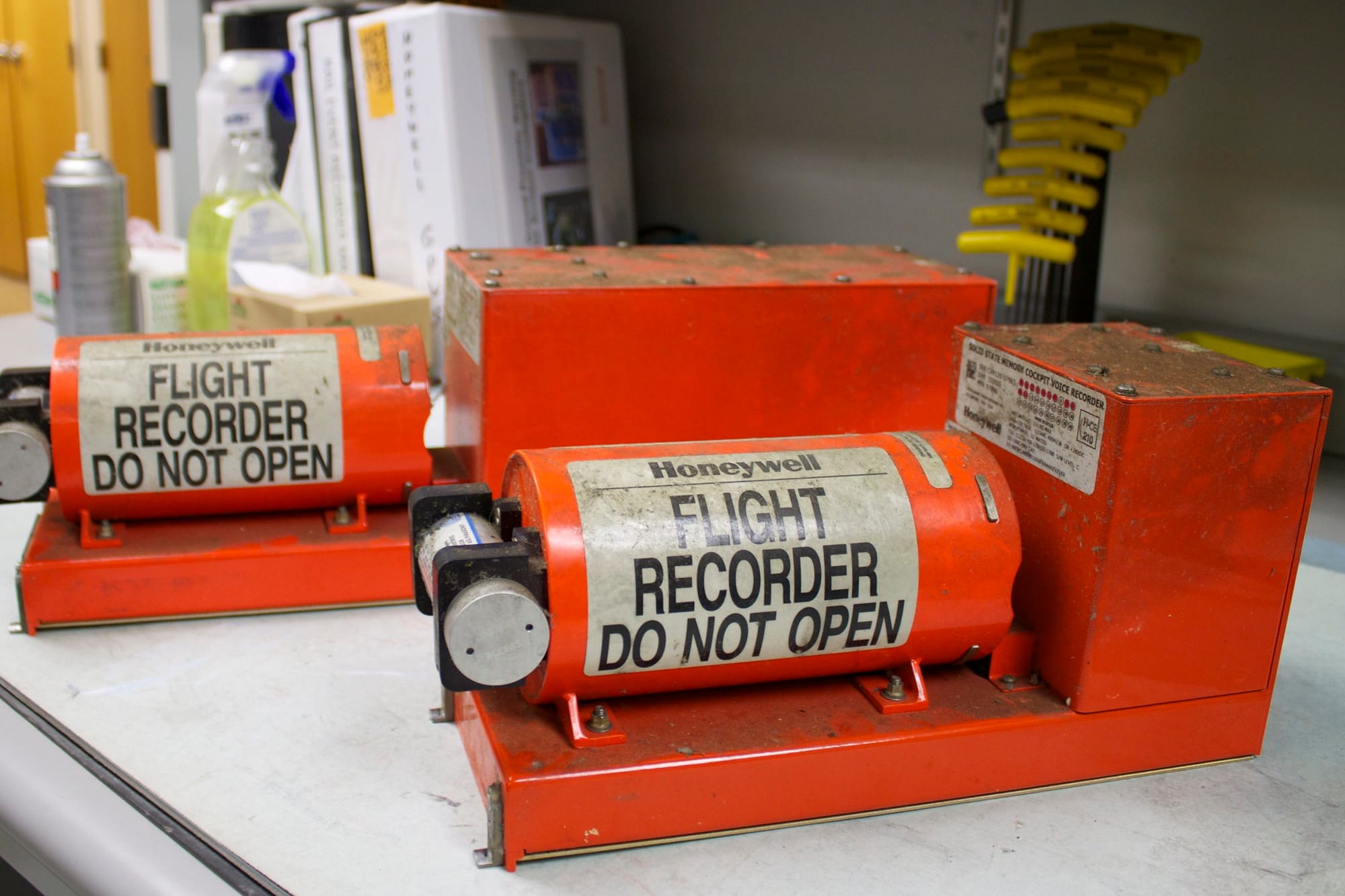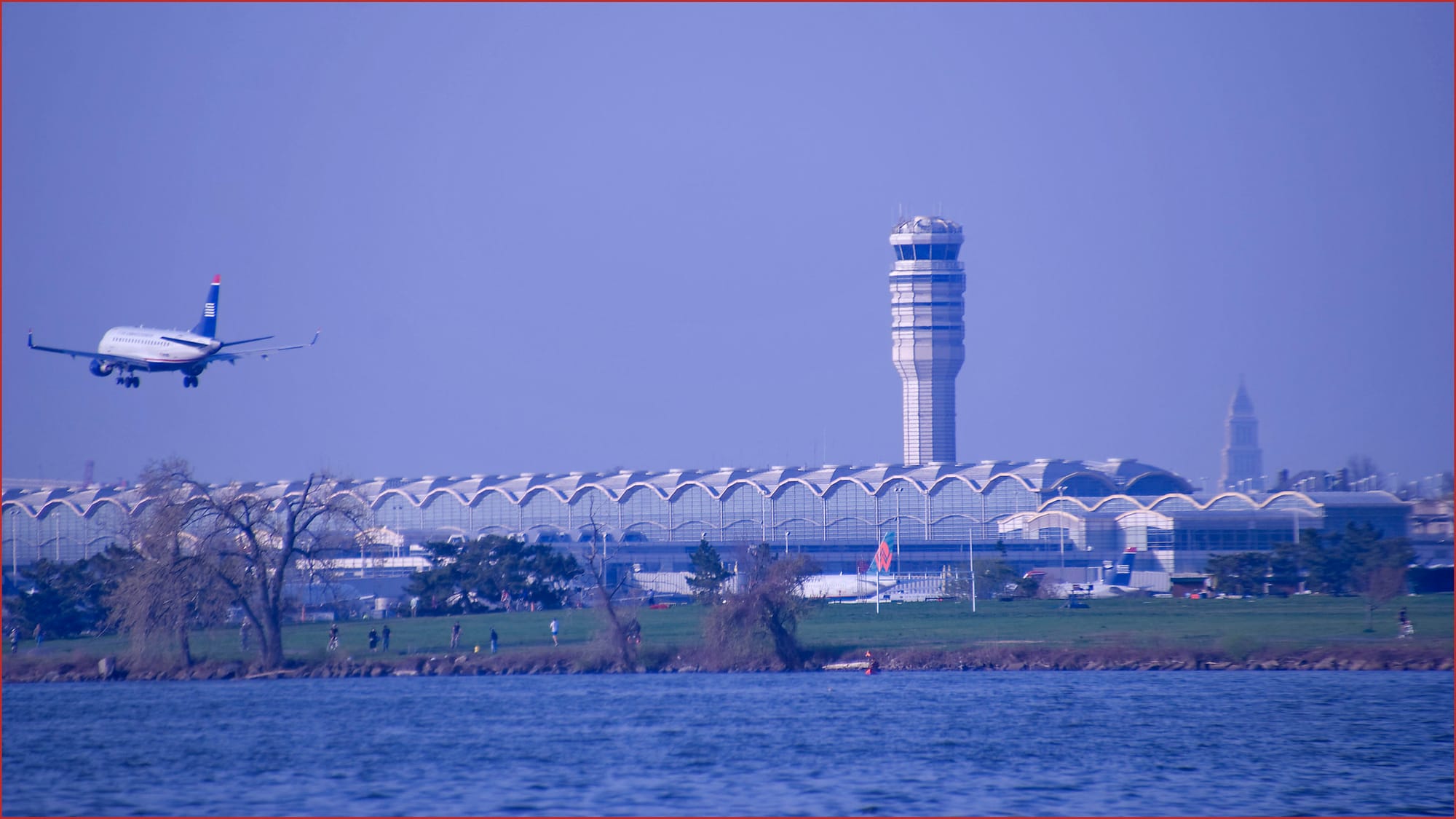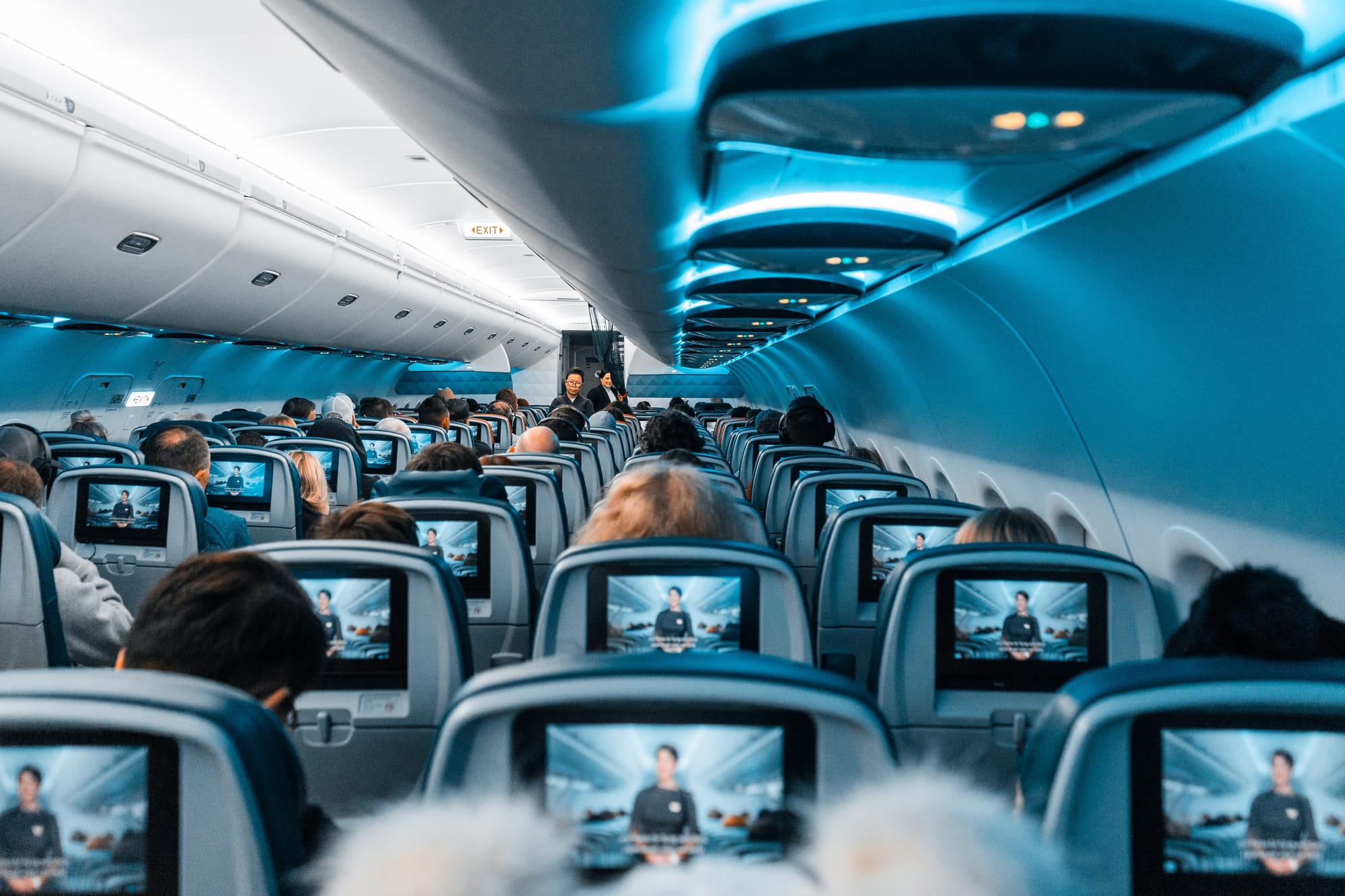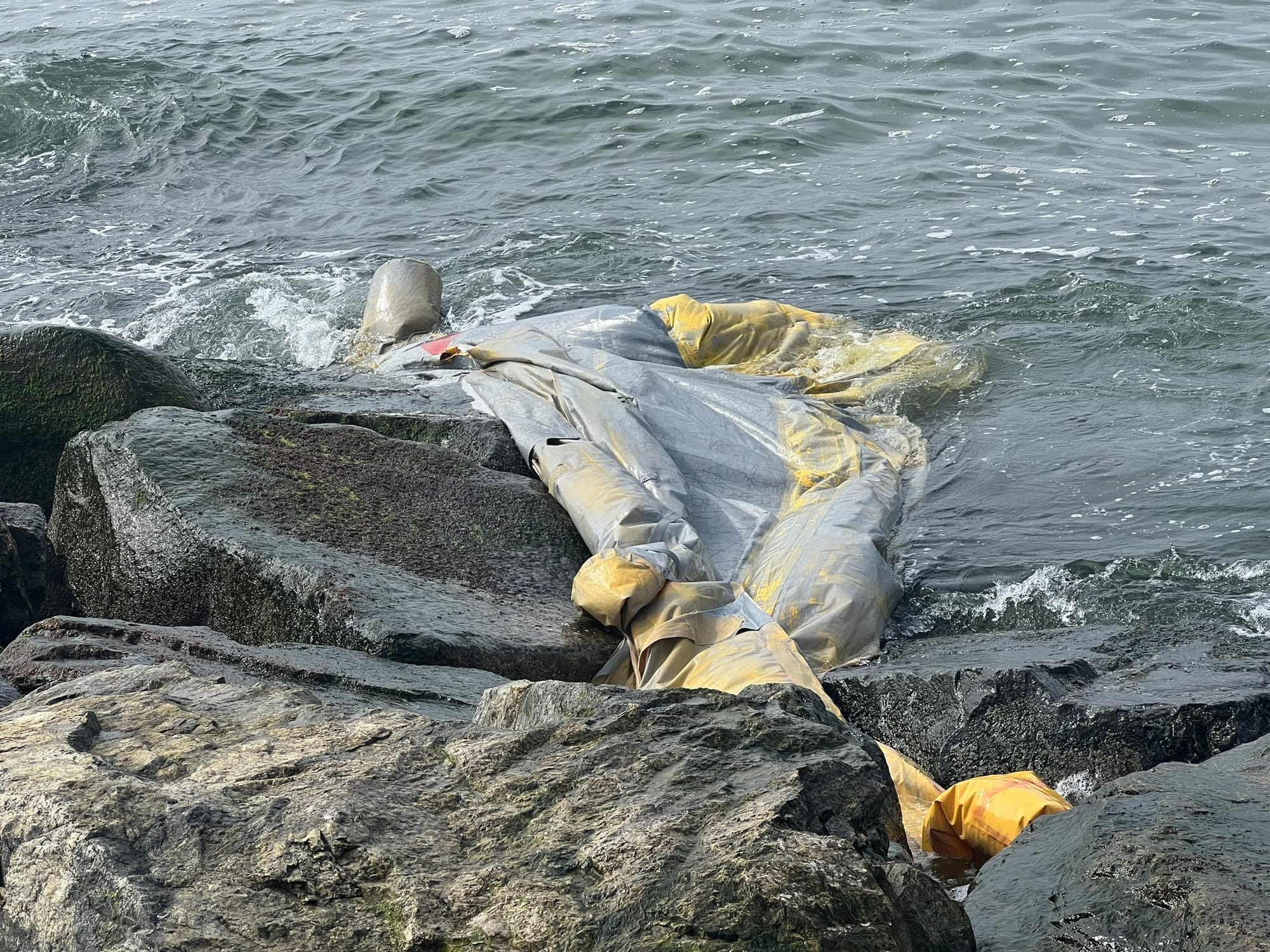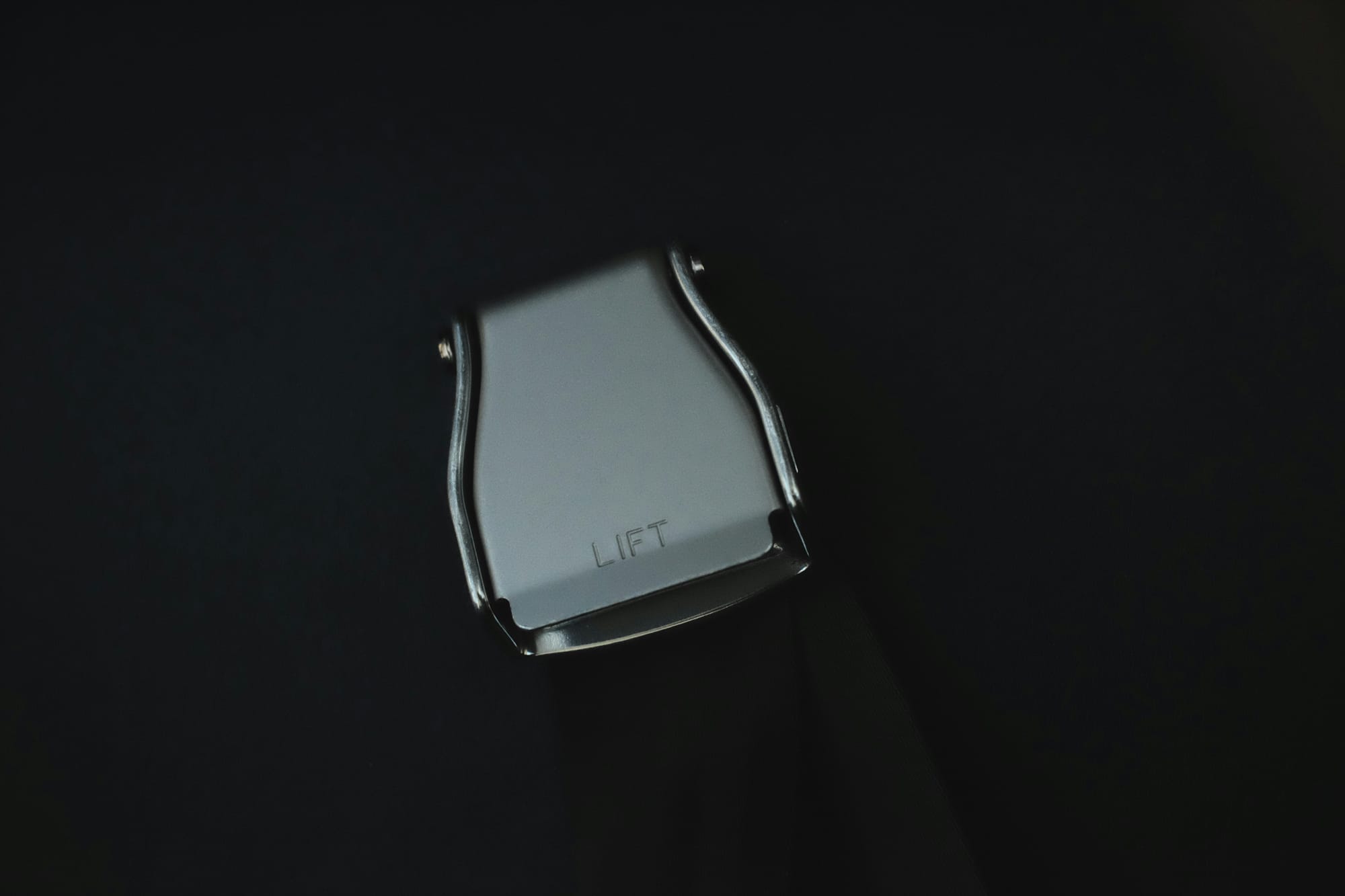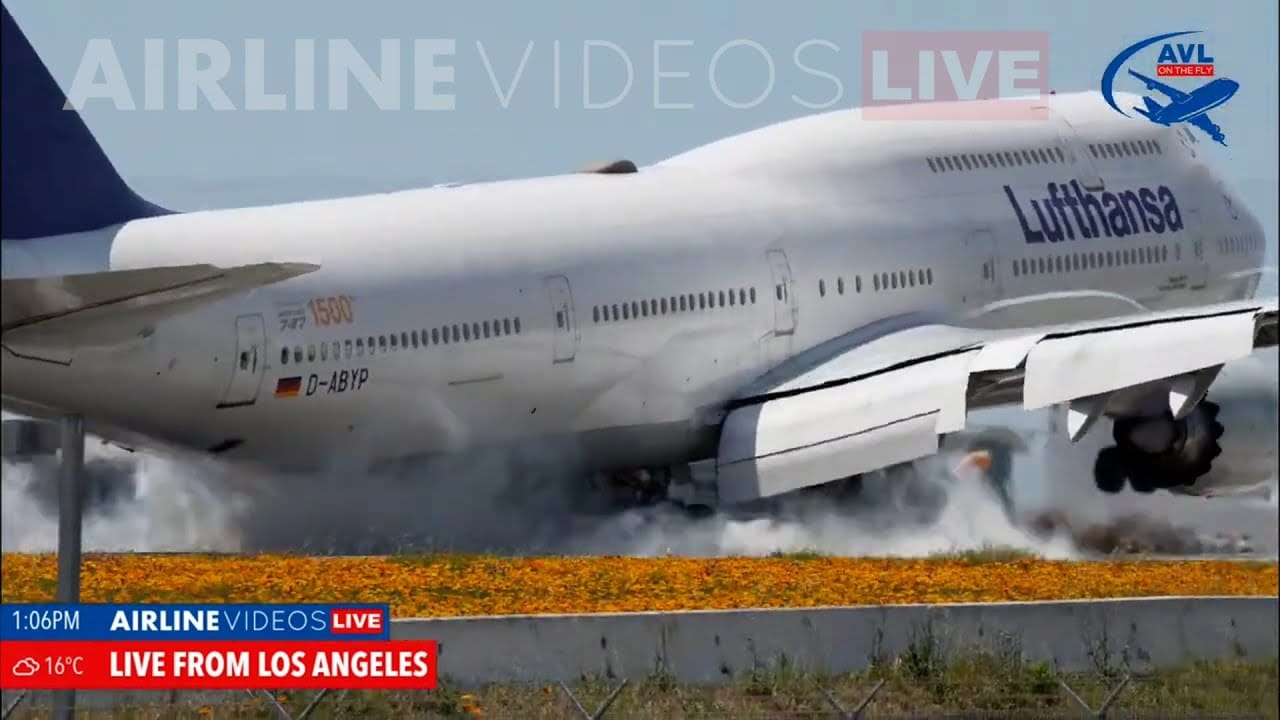The term “black box” conjures images of mystery and intrigue. In the world of aviation, however, black boxes are anything but mysterious. These crucial pieces of equipment play a vital role in air safety by providing investigators with invaluable data in the aftermath of an accident. But did you know the “black box” is actually a bit of a misnomer?
Orange for a Reason
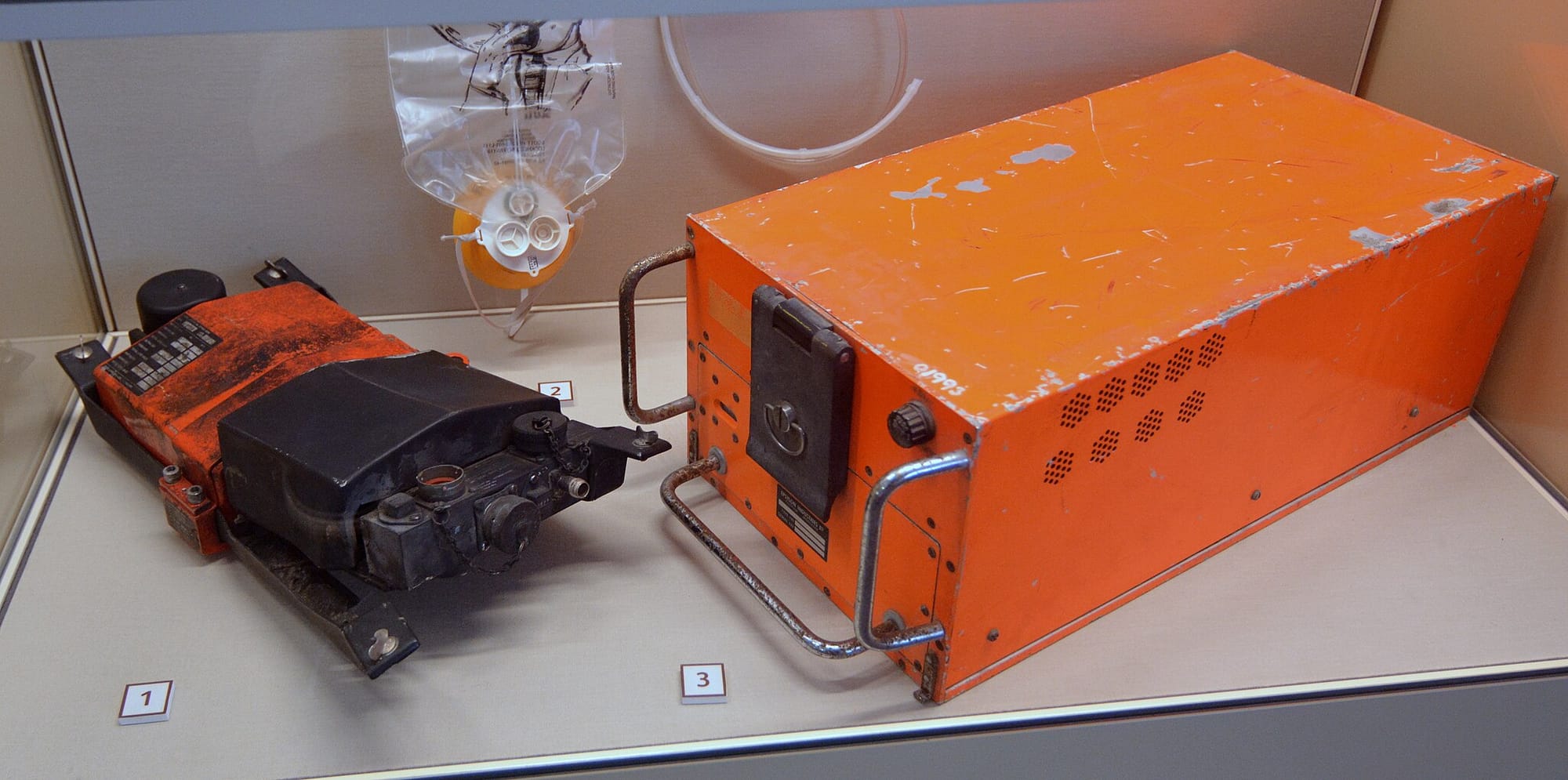
Modern flight recorders are actually bright orange in color. This vibrant hue makes them easier to spot amongst wreckage, especially in disaster scenarios where time is critical. These recorders are comprised of two independent devices working in tandem:
- Flight Data Recorder (FDR): This device acts as the plane's memory, continuously recording a plethora of flight parameters. These can include things like airspeed, altitude, engine performance, control surface movements, and even landing gear status. The FDR essentially paints a detailed picture of how the aircraft behaved throughout the flight.
- Cockpit Voice Recorder (CVR): As the name suggests, this recorder captures all the sounds and conversations that take place in the cockpit. This includes pilot dialogue, air traffic control communications, and even ambient sounds like alarms or engine noises. The CVR provides crucial context to the data collected by the FDR, helping investigators understand the decision-making process and actions taken by the pilots during the flight.
Built to Withstand the Unthinkable
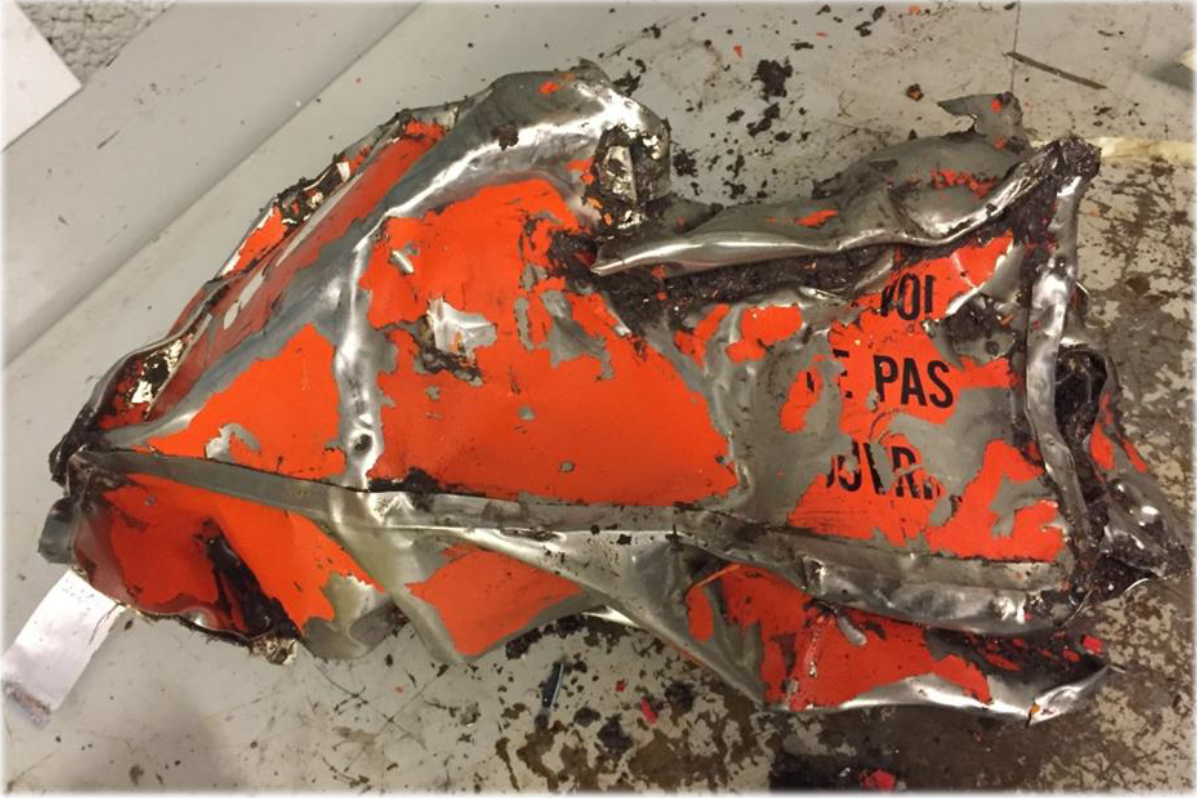
Black boxes are encased in incredibly strong housings designed to survive extreme impacts, intense heat, and even deep water submersion. They are typically located in the tail section of the aircraft, an area statistically more likely to remain intact during a crash. Additionally, they emit a beacon that pings locator signals, making them easier to find underwater. These robust qualities are why they are often referred to as “invulnerable recorders.”
Beyond Accidents: A Tool for Improvement
While the primary function of black boxes is in accident investigation, the data they collect also serves a crucial role in improving overall aviation safety. By analyzing past incidents, engineers and aviation regulators can identify areas where procedures or aircraft design can be improved to prevent similar accidents from happening again. For instance, data from black boxes played a critical role in understanding the cause of TWA Flight 800 crash in 1996, which ultimately led to stricter regulations on fuel tank maintenance.
Interesting Facts about Black Boxes
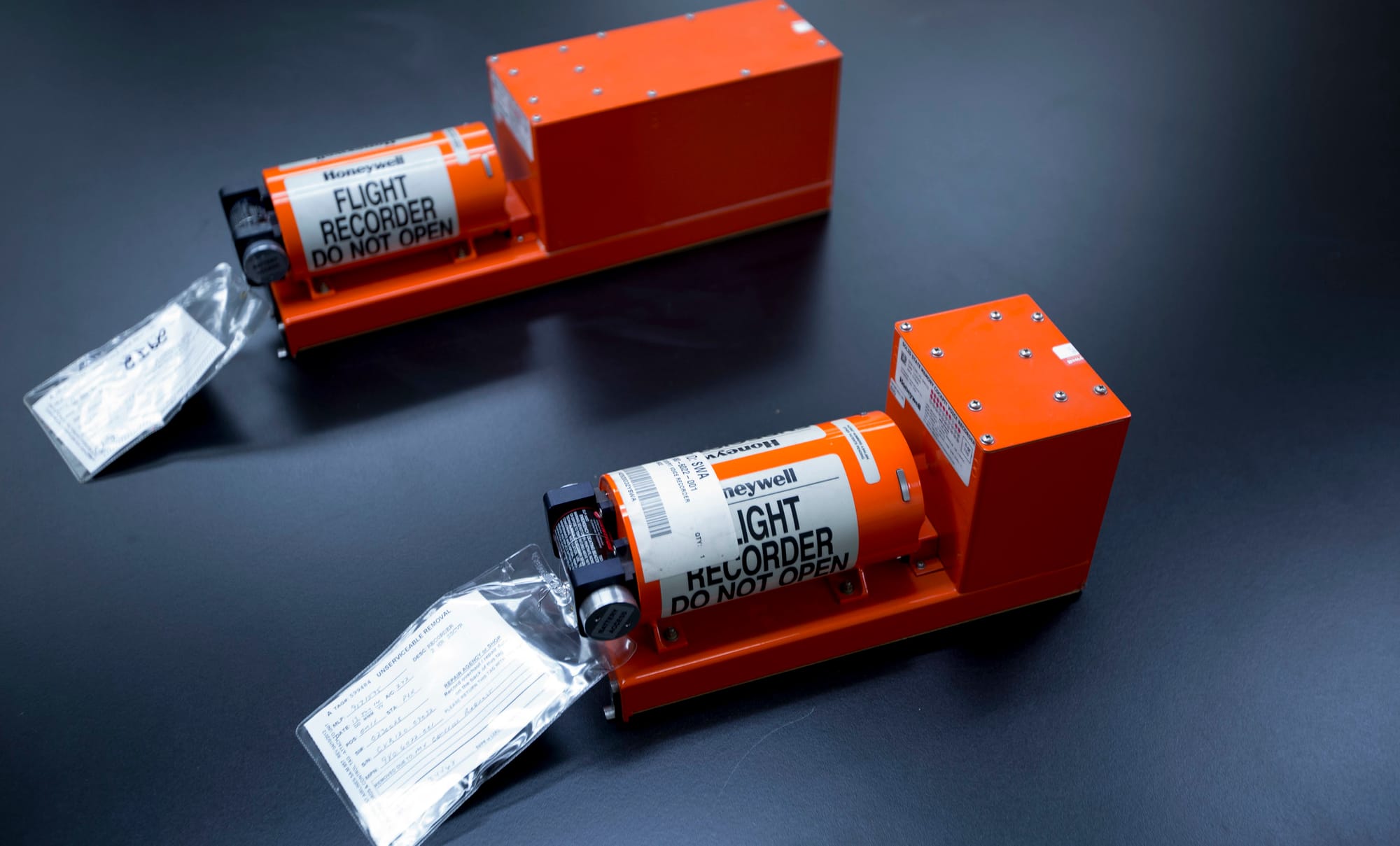
- Modern black boxes can hold up to 25 hours of cockpit voice recordings and thousands of hours of flight data. This vast amount of information allows investigators to reconstruct a comprehensive picture of the flight, even in extended emergencies.
- Black box technology is constantly evolving. Some newer models even capture video footage of the cockpit instruments. This can provide valuable visual cues to supplement the audio recordings from the CVR.
The Future of Flight Data
Black boxes have been instrumental in revolutionizing air safety. As technology continues to develop, we can expect to see even more sophisticated data recording systems emerge. These advancements, like the incorporation of video recording, will provide investigators with an even deeper understanding of accidents, leading to further improvements in aircraft design, pilot training, and overall aviation safety. Black boxes may not be black anymore, but their role in safeguarding the skies remains ever important.

